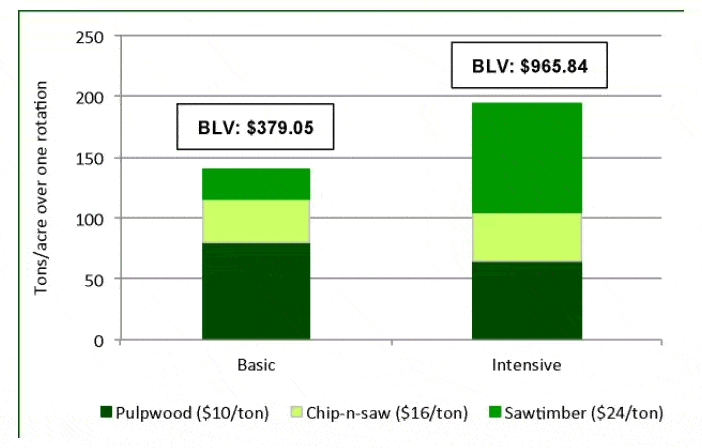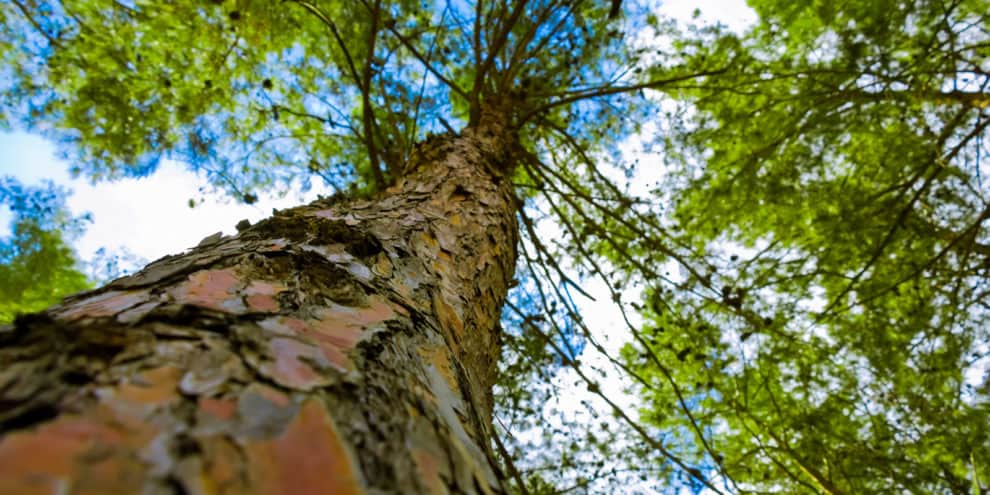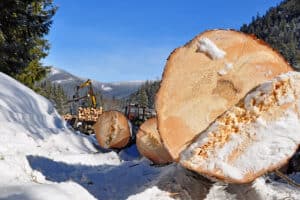While log prices in the West surge and bounce, sawtimber prices in the South stagnated in 2017. So with the post-recession U.S. South featuring (so far) less “responsive” timber prices, Forisk revisited the financial returns of forest management (aka silviculture) to ask, “how sensitive are forestland values to changes in reforestation costs, timber prices, and management intensity?”
Testing the Returns of Forest Management
Published research indicates common forest management activities and improved seedlings can increase incremental volumes by 10% to 60+%. To evaluate the financial implications, we outlined two forest management plans with approximate costs. “Basic” refers to a simple plant-thin-harvest strategy on a typical Piedmont site in middle Georgia. “Intensive” includes additional silviculture investments on the same site.
“On the margin,” active forest management consistently and materially outperforms passive forest management in biologic and economic returns. For example, while lower-valued pulpwood accounted for 57% of the “Basic” production, the highest valued sawtimber accounted for 46% of the “Intensive” volume. Financially, we compared bare land values (BLV), a measure of the per acre value of “bare” dirt given these forest management plans. BLV estimates incorporate the assumed costs and per unit product values at a 5% real discount rate. In this example, the Intensive plan creates nearly $600 per acre of additional value to the forest owner, or 155% more BLV.
Bare Land Values (BLV) and Production by Product for Each Regime
Source: Q1 2018 Forisk Research Quarterly

The analysis reinforces the potential of active forest management to generate more value for landowners from the same piece of dirt as compared to passive forest management. In cases where managing for timber production represents the best use of the land, preliminary results confirm the value of applying modern silviculture strategies.
We also tested the sensitivity of these results. They indicate that forest investments can endure large swings in management costs and volumes or prices of lower grade products; however, the financial returns of forest management are highly sensitive to discount rates, realized sawtimber volumes, and sawtimber prices. The findings highlight the dependence of timberland returns on the local markets for wood, assumptions related to future stumpage prices, and the ability to implement site-appropriate forest management plans.
This content may not be used or reproduced in any manner whatsoever, in part or in whole, without written permission of LANDTHINK. Use of this content without permission is a violation of federal copyright law. The articles, posts, comments, opinions and information provided by LANDTHINK are for informational and research purposes only and DOES NOT substitute or coincide with the advice of an attorney, accountant, real estate broker or any other licensed real estate professional. LANDTHINK strongly advises visitors and readers to seek their own professional guidance and advice related to buying, investing in or selling real estate.










Add Comment